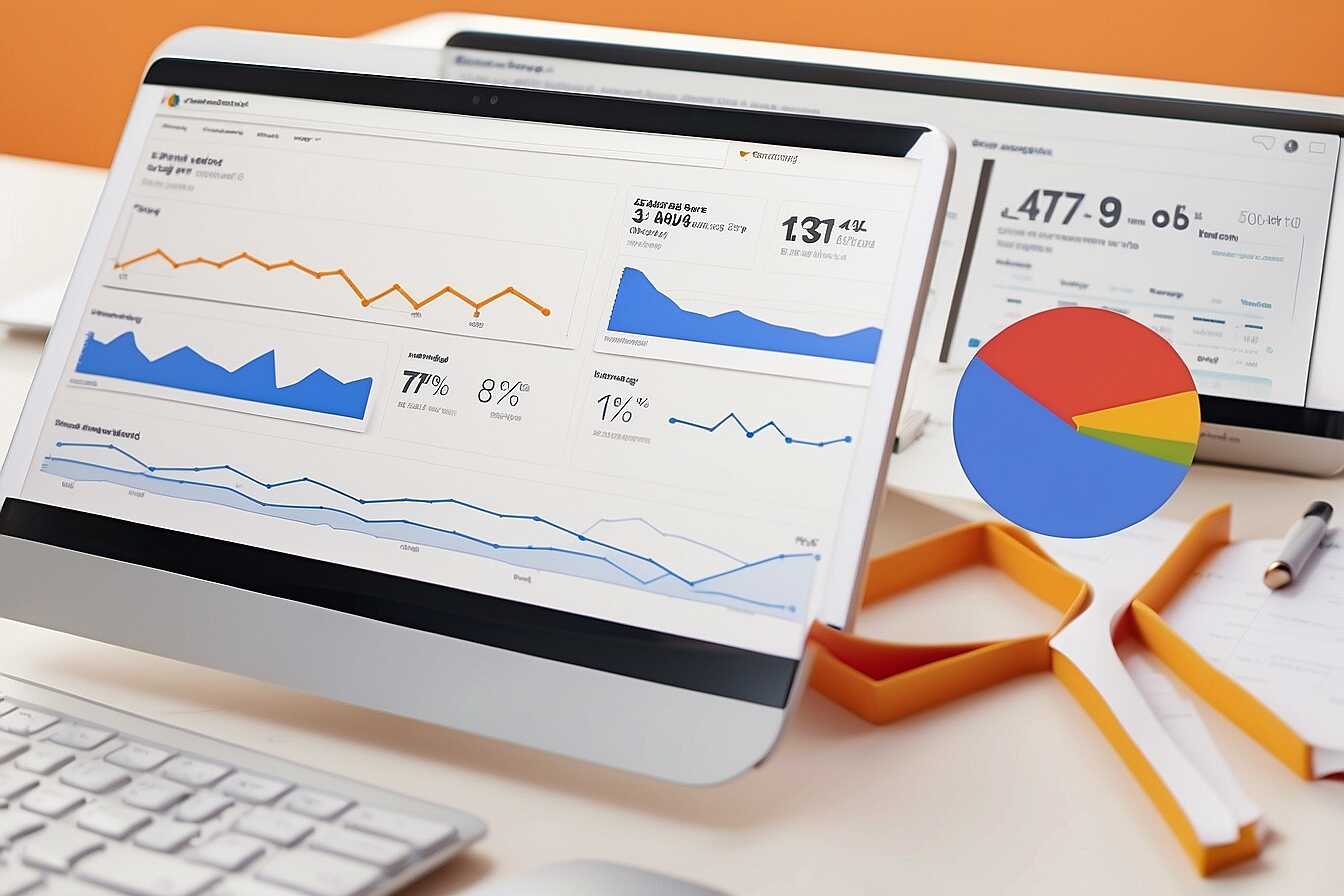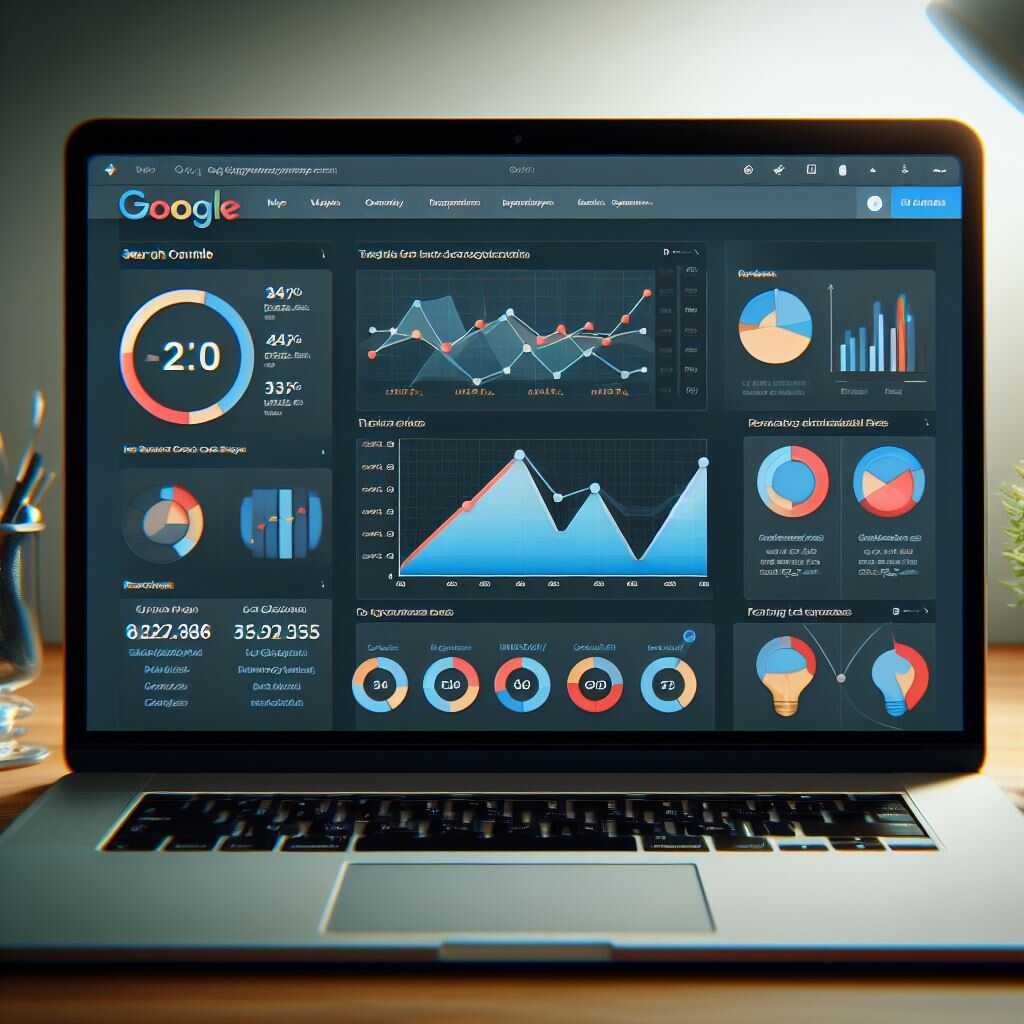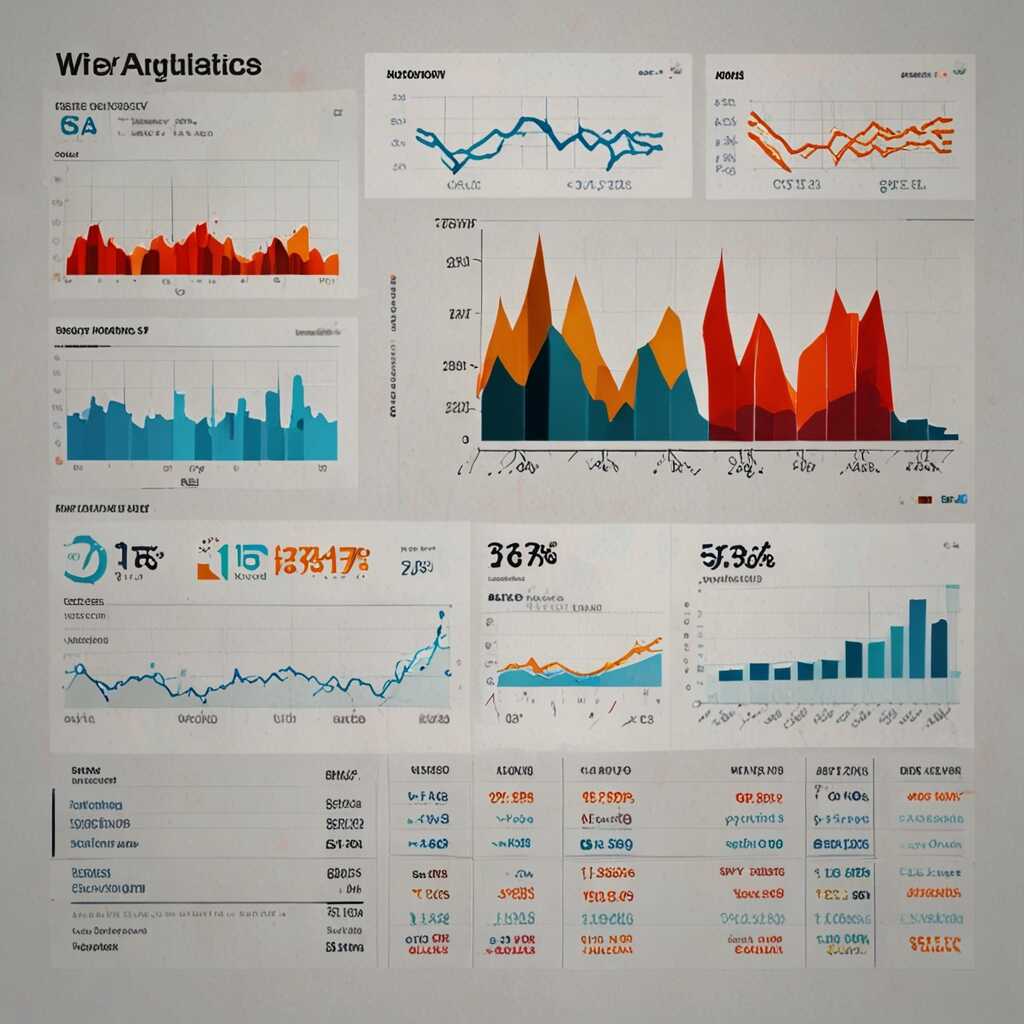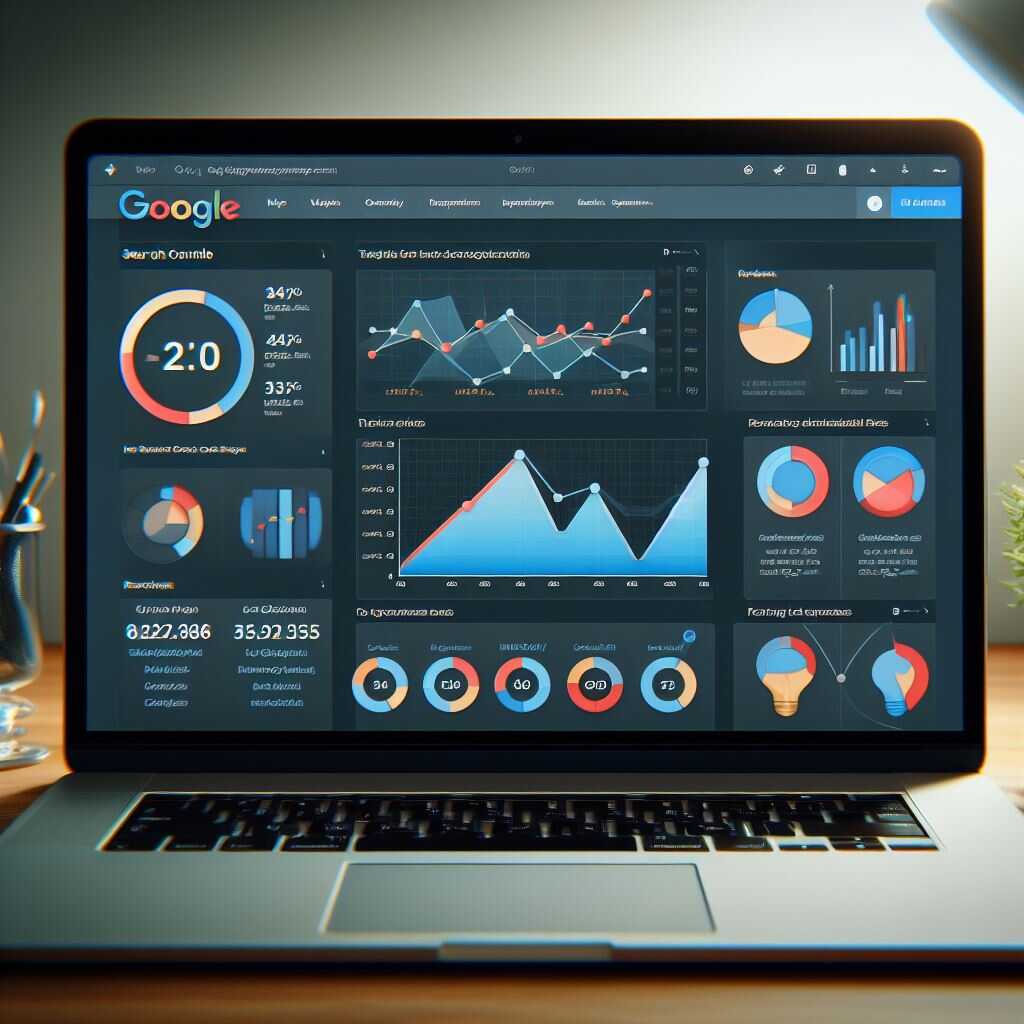Improving the repeat visitor experience with effective browser caching techniques can significantly boost your website’s performance. By implementing proper caching strategies, you enhance load times and reduce server strain, making repeat visits smoother and faster. At Metrics Rule in Vancouver, we understand that mastering browser caching is essential for web developers and digital marketers looking to optimize user experience. In this article, we’ll explore practical steps and best practices that can lead to lasting benefits for your site and its visitors.
Introduction to Browser Caching and Its Benefits for Websites
Browser caching is a mechanism that stores frequently accessed website resources on a user’s device. It helps improve load times significantly. When repeat visitors return, their browsers retrieve these resources from local storage instead of requesting them from the web server. This process enhances overall site speed, reduces bandwidth usage, and provides a smoother experience for users. Effective browser caching techniques ensure that essential assets like images, stylesheets, and scripts are readily available, thus improving reliability and performance. In fact, sites utilizing efficient caching methods can see a reduction in page load times by as much as 80% for returning users. This leads to better search engine rankings and higher engagement rates.
Understanding How Browser Caching Works
When a user visits a website, their browser requests various files to display the page. Browser caching stores these files locally for future visits. This means that when users return, the browser retrieves resources from the cache instead of making new requests to the server. Good caching strategies define which resources to cache and for how long. These practices not only enhance efficiency but also contribute to improved SEO performance. For instance, assets with long expiration times can minimize server loads, leading to faster content delivery. Additionally, tools like Google PageSpeed Insights can help test and ensure the effectiveness of implemented caching strategies.
How Browser Caching Works: A Simplified Explanation
Browser caching significantly enhances website performance for repeat visitors by retaining essential resources on their devices. This process works by storing files like HTML, CSS, JavaScript, images, and other elements, making them readily available during subsequent visits. When users revisit a webpage, their browser accesses these files from local storage rather than requesting them again from the server. As a result, this reduces overall load times and ensures a smoother browsing experience. The key components involved in the caching process include cache storage, expiration dates, and revalidation requests, all designed to maintain resource retention while improving speed and efficiency.
Understanding Key Components of Browser Caching
The main components of browser caching are cache storage, expiration headers, and cache revalidation techniques. Cache storage is where web resources are saved on the user’s device, while expiration headers determine how long the stored resources remain valid before the browser must check back to verify their existence. This systematic approach not only reduces load times, potentially by seconds, but it also enables efficient resource management. By leveraging browser caching correctly, website owners can significantly improve page loading speeds, provide a seamless experience for users, and ultimately increase engagement rates—an essential factor for maintaining high search engine rankings and optimizing SEO efforts.

Comprehensive Steps for Implementing Browser Caching on Your Site
To configure browser caching effectively, you can utilize HTTP headers such as Cache-Control and Expires. Set these headers in your server configuration files. For example, if you’re using Apache, you can modify your .htaccess file to include caching rules. This ensures that when users return to your site, they experience faster load times due to cached resources. It’s also essential to set a sensible caching duration: use long expiry times for images and shorter ones for frequently updated scripts. While testing, consider using tools like Google PageSpeed Insights to review your caching efficiency.
Choosing the Right Caching Techniques for Your CMS
When implementing browser caching on your website, selecting the appropriate caching techniques can significantly enhance performance. For popular content management systems like WordPress, you can utilize plugins such as W3 Total Cache or WP Super Cache, which simplify the process of managing caching settings. They automatically handle HTTP headers for you, making implementation easy and reliable. Opt for long caching durations for static assets, typically between 1 week and 1 year, depending on asset update frequency. This approach ensures that returning visitors enjoy a fast and seamless experience, enhancing your site’s overall value.
Key Statistics on Web Performance Improvements
- 60% of users abandon sites that take over 3 seconds to load.
- Browser caching can reduce load times by up to 80% for repeat visitors.
- Effective caching can improve page speed scores by 25-50%.
- Using cache can save bandwidth costs for approximately 30% of users.
- Over 70% of web traffic comes from returning visitors.
- 88% of users are less likely to return if they had a bad experience on the site.
- High performance can increase conversions by up to 200% during repeat visits.

Common Challenges and Mistakes in Browser Caching Setup
Common mistakes in browser caching setup often include incorrect cache expiration times and improper HTTP headers. Not specifying cache-control headers leads to serving stale content, impacting site reliability. Additionally, failing to distinguish between dynamic and static assets can confuse caching mechanisms, requiring a review of caching strategies. Testing different strategies helps create a comparison of their impact on performance. It’s essential to have reliable configurations to avoid common pitfalls.
Understanding Cache-Control Headers
Cache-control headers play a crucial role in defining how browsers and caching systems handle browser caching. They include directives like “max-age,” which indicates how long a resource is considered fresh. A common best practice is setting a max-age of at least one week for static assets, ensuring optimal cache expiration time. This helps enhance performance by reducing load times and improving the overall user experience on your website. Reliable configurations and proper testing are essential for maximizing cache efficiency.

Essential Tools for Effective Management of Browser Caches
Managing browser caches effectively requires specific tools that enhance performance and ensure efficiency. Some essential tools include browser caching tools like Cloudflare, which offers CDN support and caching management features. Performance monitoring software, such as GTmetrix and Pingdom, provides testing and analysis to measure the effectiveness of caching strategies. A comparison of these tools reveals that while Cloudflare focuses on speeding up content delivery, GTmetrix helps analyze page load times and caching effectiveness. Cache management strategies typically recommended for optimal results hover around three to five core techniques, providing a well-rounded approach to enhancing your website’s performance.
Comparative Analysis of Popular Caching Tools
When selecting a caching tool, a comparative analysis of popular options highlights features that improve efficiency for web developers. Tools like W3 Total Cache and WP Super Cache are ideal for WordPress users, optimizing caching through simple setup processes. Both plugins enhance SEO performance by minimizing load times, essential for maintaining user engagement. By reviewing their functionalities, you can determine which tool best suits your needs. W3 Total Cache offers extensive customization options, while WP Super Cache is particularly user-friendly, making it a great choice for beginners. Testing both can help you identify which provides smoother experiences for your visitors, leading to better SEO results.
Advantages of Implementing Caching Strategies
- Faster page loading times enhance user satisfaction and engagement.
- Browser caching reduces server load, leading to improved performance.
- It allows users to access resources without repeatedly downloading data.
- Improved caching strategies can result in lower bounce rates.
- Return visitors experience a more seamless navigation process.
- Cost savings on bandwidth can be utilized for other marketing efforts.
- Better search engine rankings can emerge from improved site speed metrics.

Best Practices for Testing and Validating Cache Implementations
Properly testing and validating your cache settings is essential for ensuring optimal website performance. Start by using tools such as Google PageSpeed Insights and GTmetrix to analyze your site’s loading speed and check if caching is functioning effectively. Regularly review your cache settings using browser developer tools to verify that resources are being successfully stored and reused. Incorporate automated testing methods, allowing for continuous performance monitoring, and conduct user experience reviews to gauge their impressions. Aim to perform cache validation tests at least quarterly to maintain high reliability and efficiency, particularly as your website evolves.
Key Tools for Effective Cache Testing
Selecting the right tools is crucial for accurate cache testing. Tools such as WebPageTest and Pingdom provide in-depth analysis and detailed reports on caching performance, including load times and optimization suggestions. Employing these analytics platforms helps identify which cached resources enhance the user experience most effectively. The integration of tools that support A/B testing will allow you to compare versions of your site with and without specific caching configurations. This data-driven approach can significantly improve your SEO and overall site performance metrics. Regular usage of these tools provides insights into how your site performs against competitors while ensuring that caching mechanisms are effective.
Analyzing the Impact of Caching on Performance Metrics
Measuring the performance improvements from caching involves using analytics tools to track key metrics such as site speed, page load times, and server response times. Utilize tools like Google PageSpeed Insights or GTmetrix to gather data before and after implementing browser caching. This testing provides reliable results that demonstrate how caching enhances your website’s efficiency and user experience. Key performance metrics affected by browser caching include loading time, Time to First Byte (TTFB), and overall page responsiveness. These metrics directly impact user satisfaction and influence SEO rankings by reducing bounce rates and improving the likelihood of repeat visits.
Key Performance Metrics for Evaluating Caching Success
The two primary performance metrics to evaluate when assessing the success of your caching strategy are site speed improvements and user experience ratings. Site speed can be tracked through load time, often measured in seconds. Users also report their experiences, giving you qualitative data on perceived speed and satisfaction. Generally, a well-configured caching strategy can lead to a noticeable increase—often between 20% to 50%—in site speed, as caching reduces the need for repeated server requests. This increase enhances the users’ browsing experience, encouraging longer visits and higher engagement rates. Prioritize monitoring both the quantitative speed improvements and qualitative user feedback to ensure your caching strategy delivers optimal results.
Brands Leveraging Caching Techniques Effectively
- Amazon provides fast browsing for returning customers, improving sales.
- Netflix uses caching to ensure smooth streaming experiences for users.
- Facebook employs browser caching to enhance user interactions efficiently.
- Walmart benefits by decreasing load times through effective caching strategies.
- Shopify allows merchants to implement caching for faster user experiences.
- eBay provides personalized experiences by retaining data through caching.
- Adobe helps users save time by using caching for its Creative Cloud applications.
Emerging Trends and Future Directions in Browser Caching
Staying informed about emerging trends in browser caching is essential for enhancing website performance. One significant trend is the increased use of HTTP/2 and QUIC protocol, which improves data transfer efficiency. Companies that adopt these technologies can provide a better user experience for repeat visitors. Additionally, advancements in caching techniques are integrating AI and machine learning. These innovations help analyze user behavior, ensuring more targeted cache strategies. For businesses, especially in e-commerce, optimizing browser caching can lead to improved loading times, ultimately increasing conversion rates.
Impact of AI on Caching Strategies
The integration of AI in caching strategies is revolutionizing how websites manage data. AI enables intelligent caching, allowing servers to predict which resources users might need based on past behavior. This proactive approach not only improves speed but also ensures that servers can effectively handle traffic spikes. By leveraging AI, businesses can refine their caching strategies to meet specific needs. In 2025, companies utilizing these advanced caching technologies can expect significant performance improvements, making their websites more efficient and reliable. Metrics Rule emphasizes continuous testing and optimization for excellent results.
